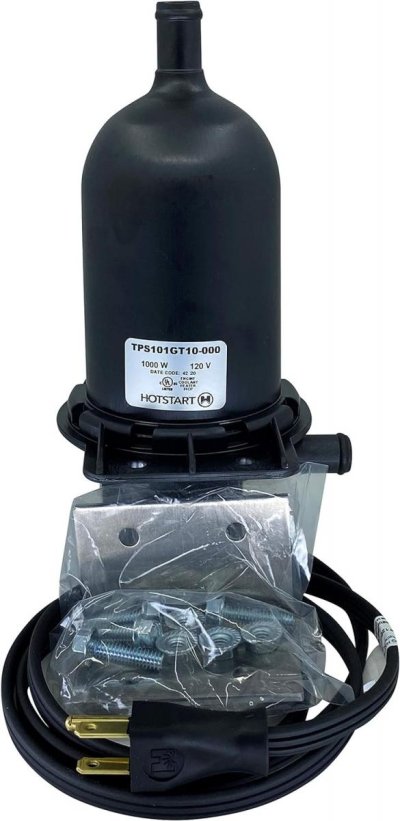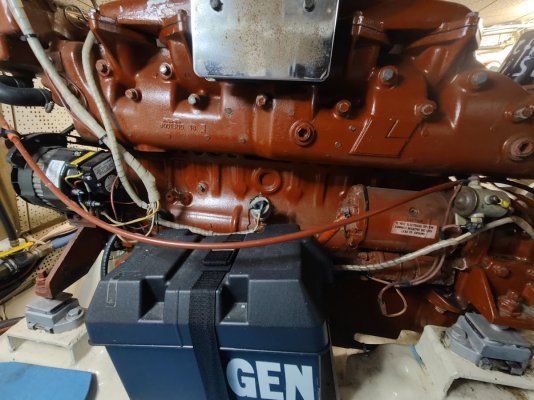paulga
Guru
- Joined
- May 28, 2018
- Messages
- 1,030
- Location
- United States
- Vessel Name
- DD
- Vessel Make
- Marine Trader Sundeck 40'
for preparing the engine room for liveaboards the winter (temp generally is lowest for 2 weeks in Feb), is it sufficient to leave the water heater on? or should it be completed with a bilge heater e.g. twin hornet 700w or a oil filled heater?
I saw people frequently mention an engine block heater, but couldn't find an exact model in my search. could you recommend such a block heater?
I saw people frequently mention an engine block heater, but couldn't find an exact model in my search. could you recommend such a block heater?





